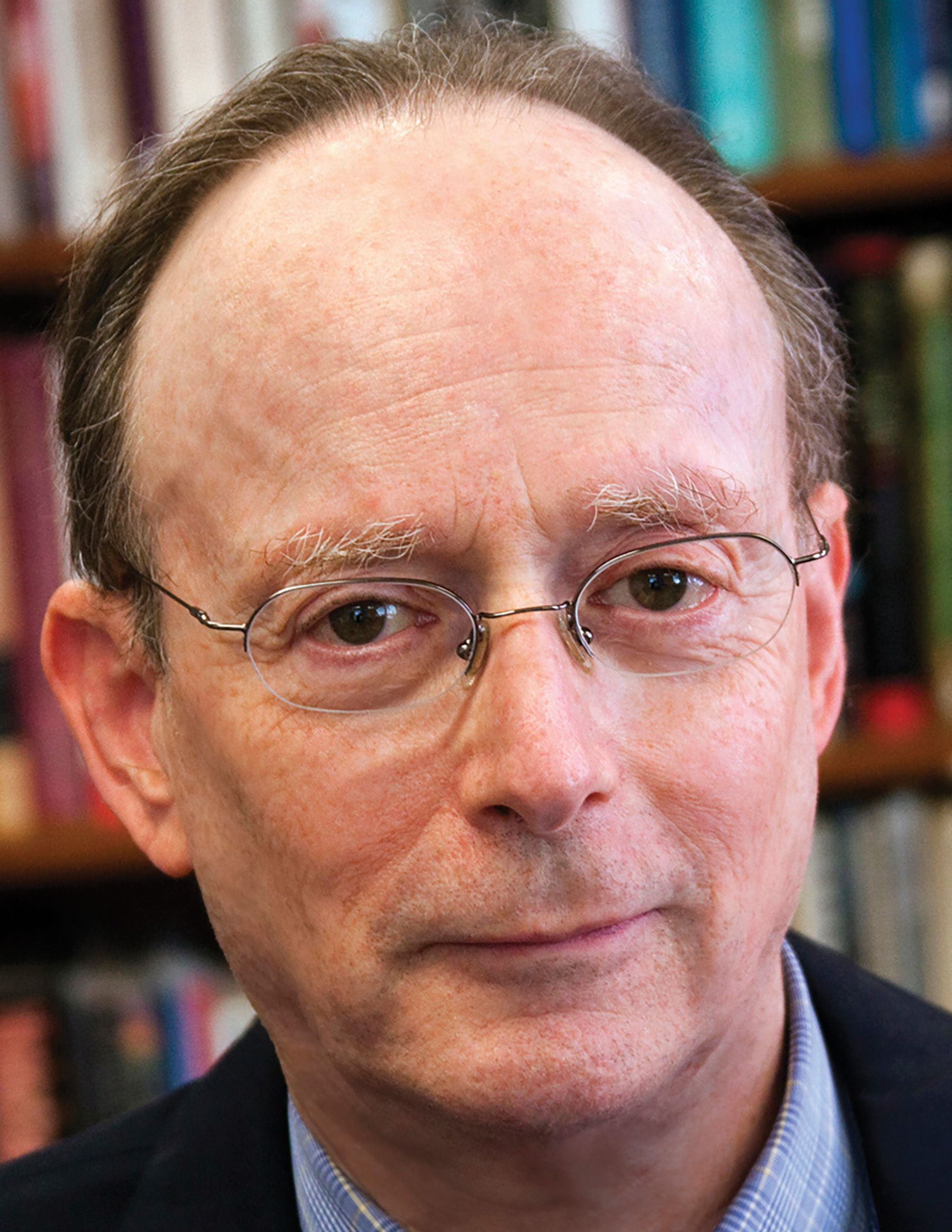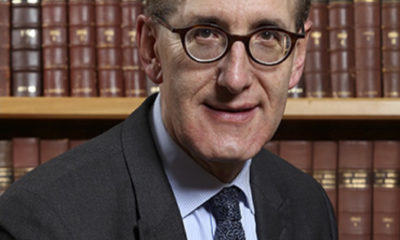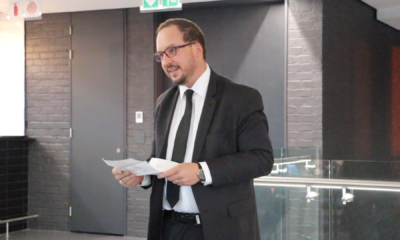
OpEds

What will it take for me to go back to shul?
(JTA) When I was very young, what motivated me to go to shul on Shabbat morning was the fire station two houses away from the synagogue.
My dad was the rabbi of the only congregation in Annapolis, Maryland, and shul attendance was a family affair. If I behaved during services, my big brother would take me to the fire station afterward, and sometimes the firemen let me sit at the wheel of the hook-and-ladder truck. That made my week.
In recent days, I’ve been thinking a lot about my various experiences with shul attendance over the years. The sad truth is that though I’m fortunate enough to have received my second COVID-19 vaccine more than a month ago, I haven’t been back to shul and I’m not sure why.
It’s ironic because these past few years, I’ve really enjoyed shul – the services, the rabbis, the people, the singing. In my early years, not so much.
As kids, learning to read Hebrew and becoming familiar with the prayers, the goal at services was to be the fastest.
When I was about 10, I attended a family wedding in New York and stood in awe as I took in the sight of what seemed like hundreds of men in black hats and dark suits swaying fervently as they recited the afternoon mincha prayer. I zipped through the silent Amidah and was waiting for the service to continue. A few minutes went by and then a few more minutes until it seemed everyone had finished.
I asked my brother what the holdup was, and he pointed to a very short older man, eyes closed, still in fervent prayer.
“That’s Rav Aharon Kotler, the head of one of the biggest yeshivas in the world,” he told me.
“What’s taking him so long?” I asked. “Can’t he read Hebrew?”
As I got older, I learned about the importance of kavanah, or intention, putting one’s heart and mind into the words we were saying as we prayed. But during my teenage years, prayer was associated more with obligation than choice.
Over the years as an adult, with shul attendance no longer coercive, I have been blessed to have belonged to three synagogues (in the three states where we lived) that were true houses of prayer. And in each of the shuls, what I have enjoyed most in the service is when our joined voices blend in song, stirring a kind of transcendent feeling of collective prayer and community.
Then came COVID-19, and we had no choice but to stay home. I missed the rhythm of walking to and from shul on Friday evening and Shabbat morning, feeling part of the spirit of the kehillah (congregation), and often lingering after services to catch up with friends.
But I became accustomed to staying home, and that had its own pleasant pattern: sleeping later, praying at home, spending more time with my wife and, when the weather allowed, meeting friends – six feet (1.8m) apart – on a bench outside.
I know I’m not alone in my ambivalence about going back to shul now. Going back would be good for the congregation, and probably for us, even though the prospect of COVID-19-limited attendance, singing, and socialising is less than appealing.
Are we just lazy or fearful of becoming sick? Or have we become dependent on the safety and security of keeping close to home?
What would get me back to shul? No, it’s not the prospect of visiting a nearby fire station after services. It’s the chance to ignite a spark of faith and commitment, and time to take the next step back on the long path toward normalcy.
So there I was, on Saturday, back in synagogue. Sitting alone, at least six feet away from others, and wearing a mask, felt isolating at first, like praying alone in a room in spite of others around me. But gradually, the mood lifted and the familiar comfort of the prayers – and the warm (if muted) greetings from fellow congregants – made me feel at home again. I could get used to this.
- Gary Rosenblatt was editor and publisher of ‘The Jewish Week’ from 1993 to 2019. Follow him at garyrosenblatt.substack.com.










